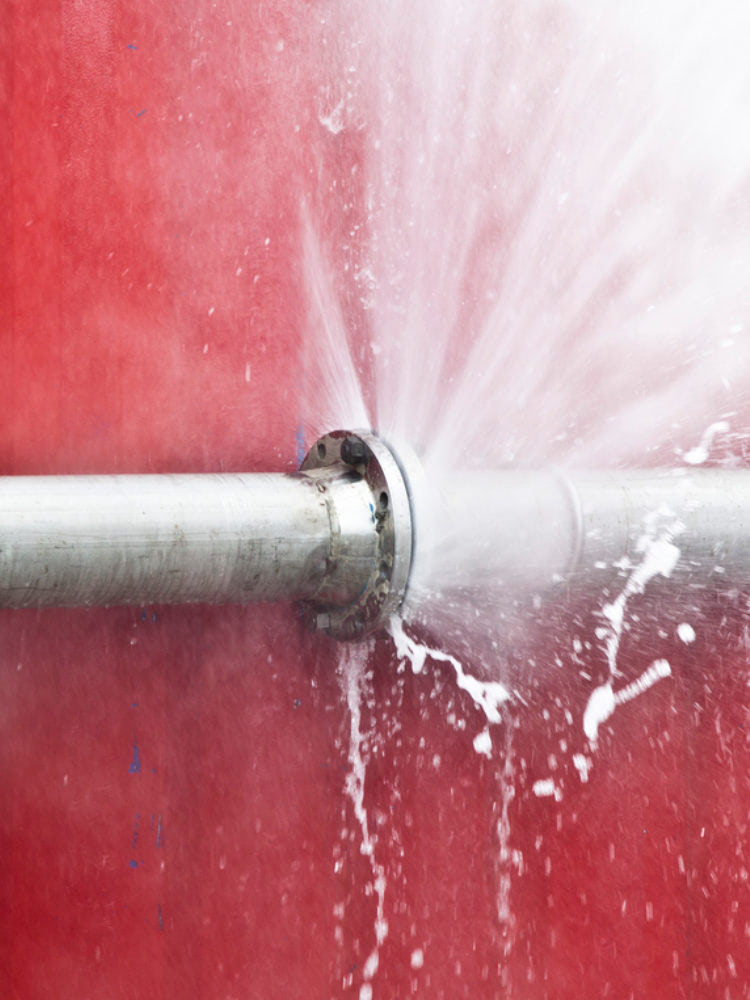The Residential Common Typical Factors of Water Leaks: Detailed Examination
The Residential Common Typical Factors of Water Leaks: Detailed Examination
Blog Article
Just how do you feel when it comes to How to detect water leaks in your home?

Leakages not only trigger waste of water yet can also cause unnecessary damage to your home as well as promote undesirable organic growth. Water leakages may go unnoticed considering that most of the pipework in our house is hidden. By looking as well as understanding for daily situations that trigger leakages, you can protect your house from future leakages and unnecessary damages. Today, we will certainly look at six leakage creates that may be causing your pipes to trickle.
Intruding roots
The majority of water leaks start outside your home as opposed to inside it. If you see an abrupt reduction in water stress, say in your faucet, take time to go out and also analyze your backyard. You may observe wet spots or sinkholes in your backyard, which may imply that tree origins are invading water lines causing water to leak out. You can have your plumber check for intrusion, particularly if you have trees or hedges near your home.
Rusty water supply
As time goes by, your plumbing system ages and deterioration such as rust may begin gnawing the pipelines. This could be the reason for staining or warping on your water pipes. This requires an examination with your plumber quickly. If our plumbing system is old, consider replacing the pipes considering that they are at a greater risk of deterioration than the more recent models.
Malfunctioning Pipe Joints
Pipe joints can degrade over time, resulting in water leaks. If you have noisy pipelines that make ticking or banging sounds, especially when the warm water is transformed on, your pipeline joints are most likely under a great deal of pressure.
Instant temperature adjustments.
Severe temperature adjustments in our pipelines can cause them to increase as well as contract all of a sudden. This growth and also tightening may create cracks in the pipes, particularly if the temperature are below freezing. If you kept an eye on exactly how your plumbing functions, it would certainly be best. The presence of the previously stated situations regularly shows a high risk.
Poor Water Connectors
At times, a leakage can be caused by loose hose pipes and pipes that provide your devices. In situation of a water links leakage, you may observe water running directly from the supply line or pools around your devices.
Obstructed Drains
Blocked drains might be aggravating and inconveniencing, but they can often end up causing an overflow leading to burst pipelines. Maintain getting rid of any products that may decrease your drains pipes that might obstruct them to stay clear of such aggravations.
All the above are causes of leakages but not all water leaks arise from plumbing leakages; some leaks could come from roof covering leakages. All leakages must be repaired right away to avoid water damages.
Leakages not only cause waste of water yet can likewise cause unneeded damages to your home and also advertise unwanted natural growth. By comprehending and looking for day-to-day situations that cause leaks, you can secure your residence from future leaks as well as unnecessary damages. Today, we will look at 6 leakage triggers that might be triggering your pipelines to drip.
At times, a leak can be caused by loosened hose pipes as well as pipelines that provide your home appliances. In case of a water connections leakage, you might discover water running directly from the supply line or puddles around your devices.
How To Check For Water Leak In Your Home
How To Check for Leaks
The average household's leaks can account for nearly 10,000 gallons of water wasted every year and ten percent of homes have leaks that waste 90 gallons or more per day. Common types of leaks found in the home are worn toilet flappers, dripping faucets, and other leaking valves. These types of leaks are often easy to fix, requiring only a few tools and hardware that can pay for themselves in water savings. Fixing easily corrected household water leaks can save homeowners about 10 percent on their water bills.
To check for leaks in your home, you first need to determine whether you're wasting water and then identify the source of the leak. Here are some tips for finding leaks:
Take a look at your water usage during a colder month, such as January or February. If a family of four exceeds 12,000 gallons per month, there are serious leaks.
Check your water meter before and after a two-hour period when no water is being used. If the meter changes at all, you probably have a leak.
Identify toilet leaks by placing a drop of food coloring in the toilet tank. If any color shows up in the bowl after 10 minutes, you have a leak. (Be sure to flush immediately after the experiment to avoid staining the tank.)
Examine faucet gaskets and pipe fittings for any water on the outside of the pipe to check for surface leaks.
Undetected water leaks can happen without the home or business owner even realizing. If you suspect a water leak, but not able to find the source. It is time to contact a professional water leak detection service, The Leak Doctor.
How To Find a Water Leak In Your Home
https://www.leakdoctor.com/blog/How-To-Check-For-Water-Leak-In-Your-Home_AE197.html

Hopefully you enjoyed our part about How to detect water leaks in your home. Thank you so much for taking a few minutes to read our blog. Sharing is good. Helping people is fun. We love reading our article about Top Causes of Home Water Leaks.
Trusted help? Ring now. Report this page